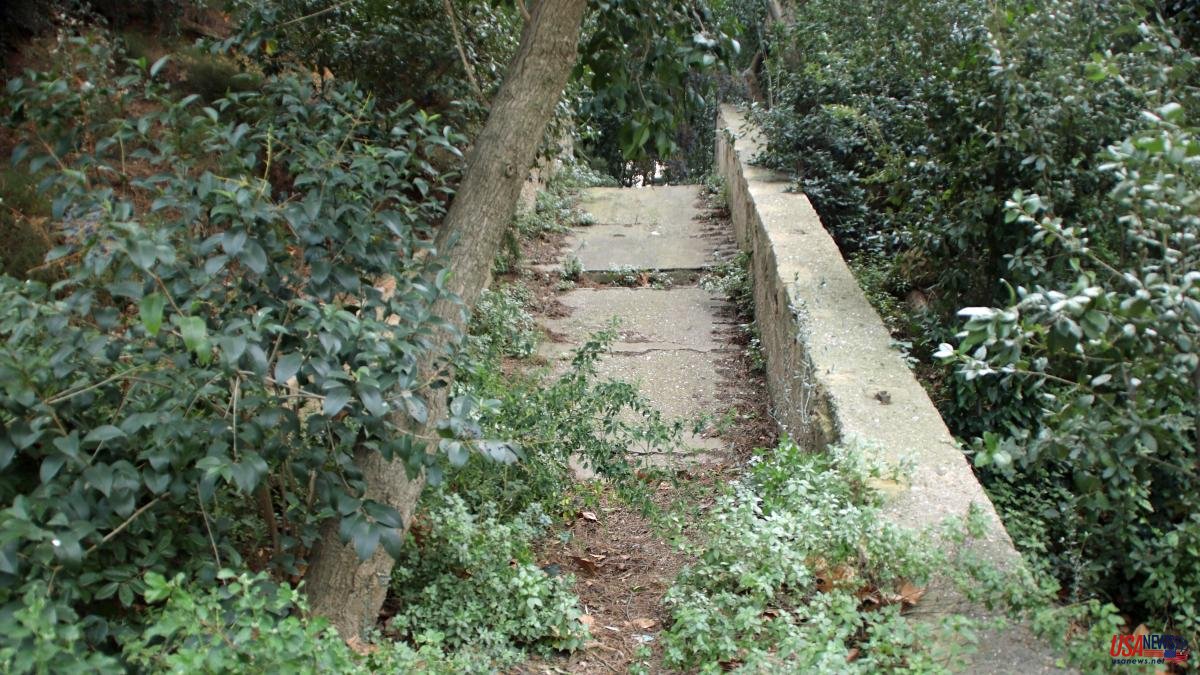One of the challenges of the 1929 Barcelona International Exposition was to design a transport system that would bridge the slopes of the mountain and facilitate public access. One of the media that generated the greatest expectation was the escalator. Even today, the remains of one of the sections of these stairs remain hidden in the undergrowth, between the current Paseo de Jean Forestier and the Palau Nacional.
Escalators had been a well-known invention for three decades, but little implemented in Spain and Barcelona, so they became one more attraction of the exhibition and complemented a transport network that included buses, funiculars, electric carts and a railway in miniature. It involved three sections of escalators that led to the current MNAC, overcoming a 27-metre drop and with a capacity to transport 8,000 people in one hour.
They were paid. An advertisement in La Vanguardia at the time detailed that the entire journey, from the Plaza de las Cascadas to the palace, cost 20 cents, although there were special prices for soldiers, workers and the children of the Escola del Bosc. They were not the only escalators installed on the mountain for the occasion. Others were part of the funicular station, which in this case were free.
After the exhibition, the escalators were dismantled and only the aforementioned remains of part of the concrete structure survive. Not far away, you can also find the remains of a similar structure of the small funicular that also led to the Palau Nacional. They are the archeology of the exhibition that still hides the vegetation. Montjuïc would not have escalators again until the 1992 Games.
In 1932, one of the sections of the stairs was reused in the Gran Metro de Aragó station, the current Passeig de Gràcia, which was the first underground line in Barcelona and gave rise to the current lines 3 and 4. From this In this way, the Catalan capital became the first in Spain to equip the metro with escalators. Madrid would not do it until the 60s.













